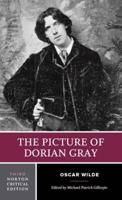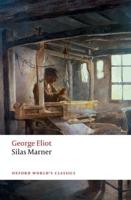Publisher's Synopsis
This historic book may have numerous typos and missing text. Purchasers can download a free scanned copy of the original book (without typos) from the publisher. Not indexed. Not illustrated. 1823. Excerpt: ... DIVISION OF KNOTT LANES. HAMLET OF ALT. This is that part of the parish which is only divided from Oldham for a considerable way by a ring fence, and by the rest of its extent separated from the adjoining Hamlets of Ashton by little meandering branches of the River Medlock, which unite at Park Bridge. It is conjectured it took its name from one of the Roman Legions, which tradion says, halted here. But whether Roman, Saxon, Danish, or Norman soldiers, it is very probable some occurrence of the kind gave origin to its name. The most likely conjecture is, (in my opinion, ) that it was a party either of Saxons or Danes; for the Danes it would appear from what will be hereafter noticed, once marched through this parish, if we may admit the elucidation of a subject like this, from forming our data of such an event, from the names of certain places herein, as will be explained in the course of the work. Besides which, the word hault is of Saxon origin, and not the Roman appellation, implying a pause or resting, for that is sisto or subsisto; and if the Romans had rested here, it is probable the name they had given the place would have bore some analogy to the Roman term. Leaving however this matter without further comment, I hasten to the descriptive part of this Hamlet; the most northerly part of which, for it consists of a narrow piece of land, extending from this northern point, in a direction nearly south, which point is named Turf Pits. This place was unbuilt upon since the birth of the Author, but is now a farm belonging to Mrs. Fawcett, . of Oldham, on which a person of the name of Mr. Joseph Saxon, of an ancient family in this parish, built a brick messuage. At the time he built this house, the land on which it stands, might, with great propriety, be call.










